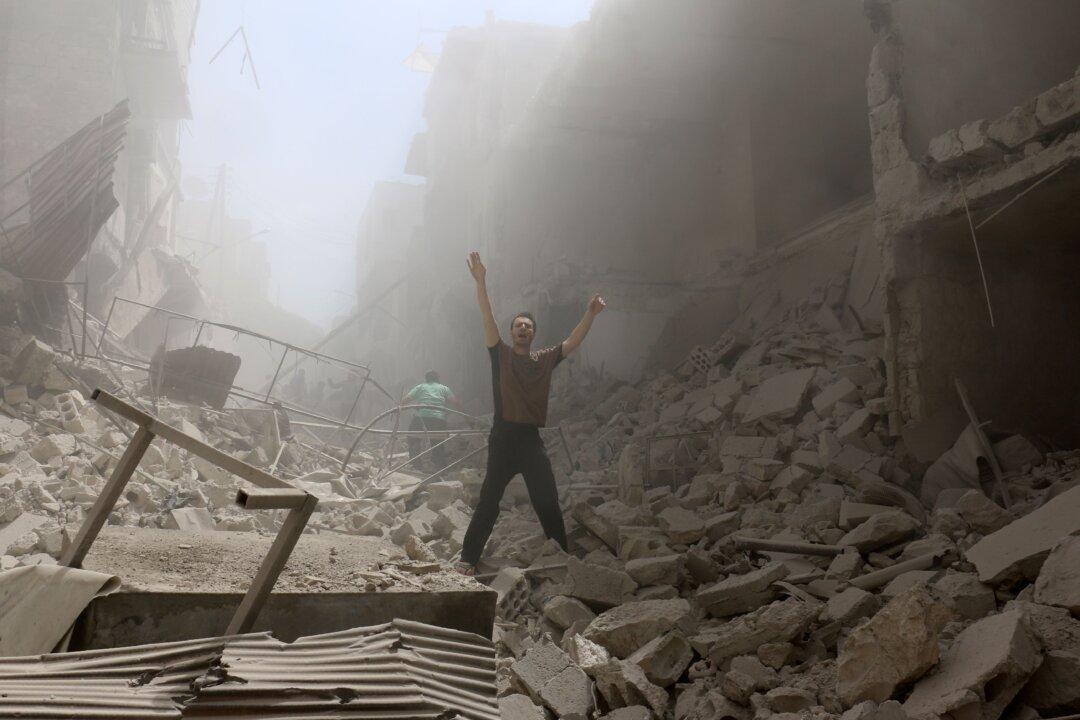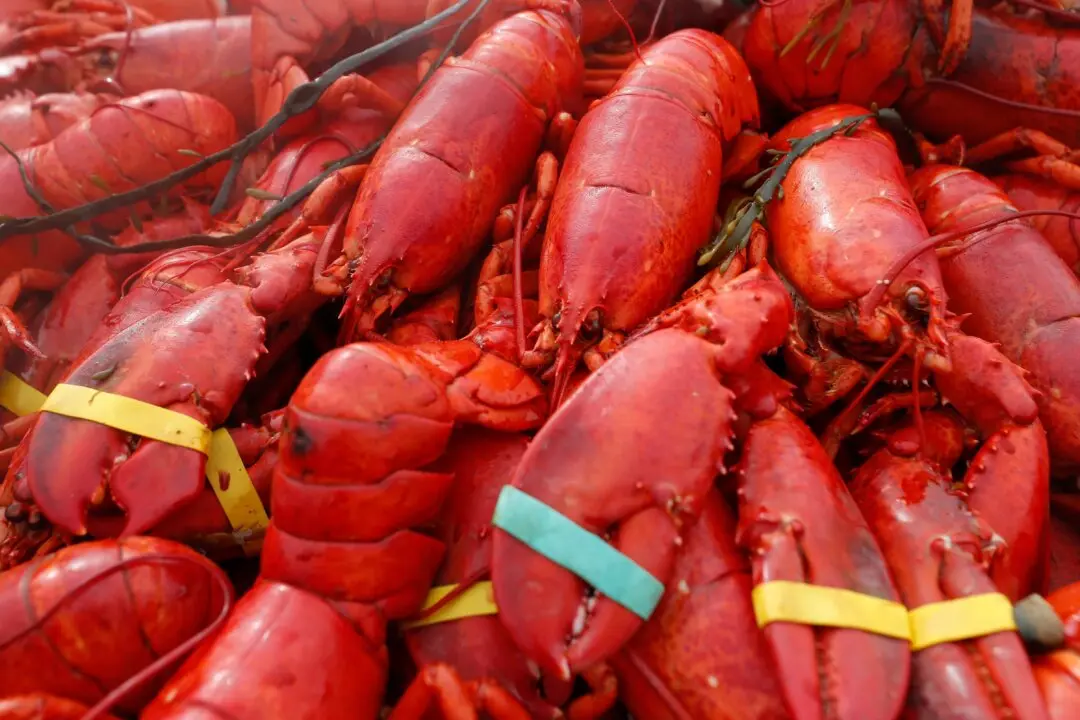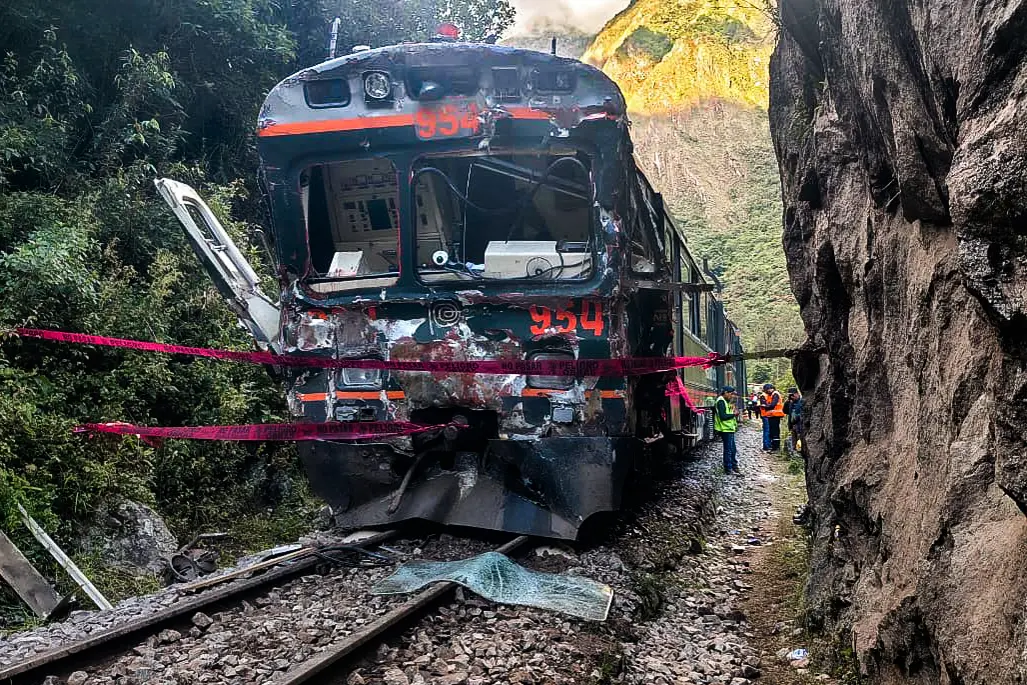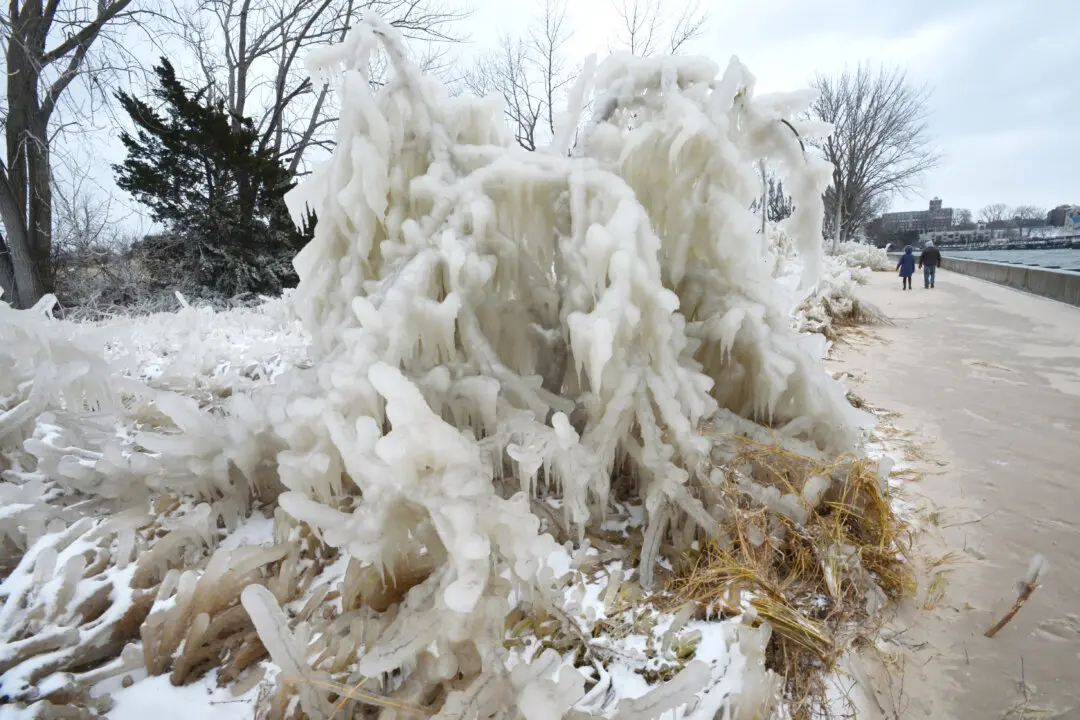BEIRUT—Suspected government airstrikes on a rebel-held part of Syria killed at least 25 people on Saturday, in what appeared to be retaliation for the capture and killing of a fighter pilot the day before, Syrian activists said.
The Local Coordination Committees, an activist network, counted seven medical personnel among those killed in the town of Jeiroud, northeast of Damascus. It says the town was struck at least 40 times since early Saturday. The Britain-based Syrian Observatory for Human Rights put the toll at 31 dead.
Rebels captured and interrogated a fighter pilot on camera in Jeiroud on Friday, after his plane crashed in the area. Observatory head Rami Abdurrahman said local officials were negotiating the pilot’s release with the government, but photos circulated online later showed he was shot and killed.
The government says the pilot was on a training mission when his plane malfunctioned.
The besieged Damascus suburb of Harasta, where an estimated 12,500 people now reside, meanwhile received its second aid convoy in three days, according to the Syrian Arab Red Crescent, which directed the convoy with the U.N.
The 17-truck convoy carried food and medical supplies, the SARC said. A smaller convoy had delivered supplies to the suburb, which is besieged by government forces, on June 29.
A U.N. official meanwhile warned that residents in Madaya, another besieged town outside Damascus, could again suffer from starvation if aid is not delivered there soon. An estimated 40,000 people are trapped inside the mountain resort town, which is encircled by government and Lebanese Hezbollah forces.





